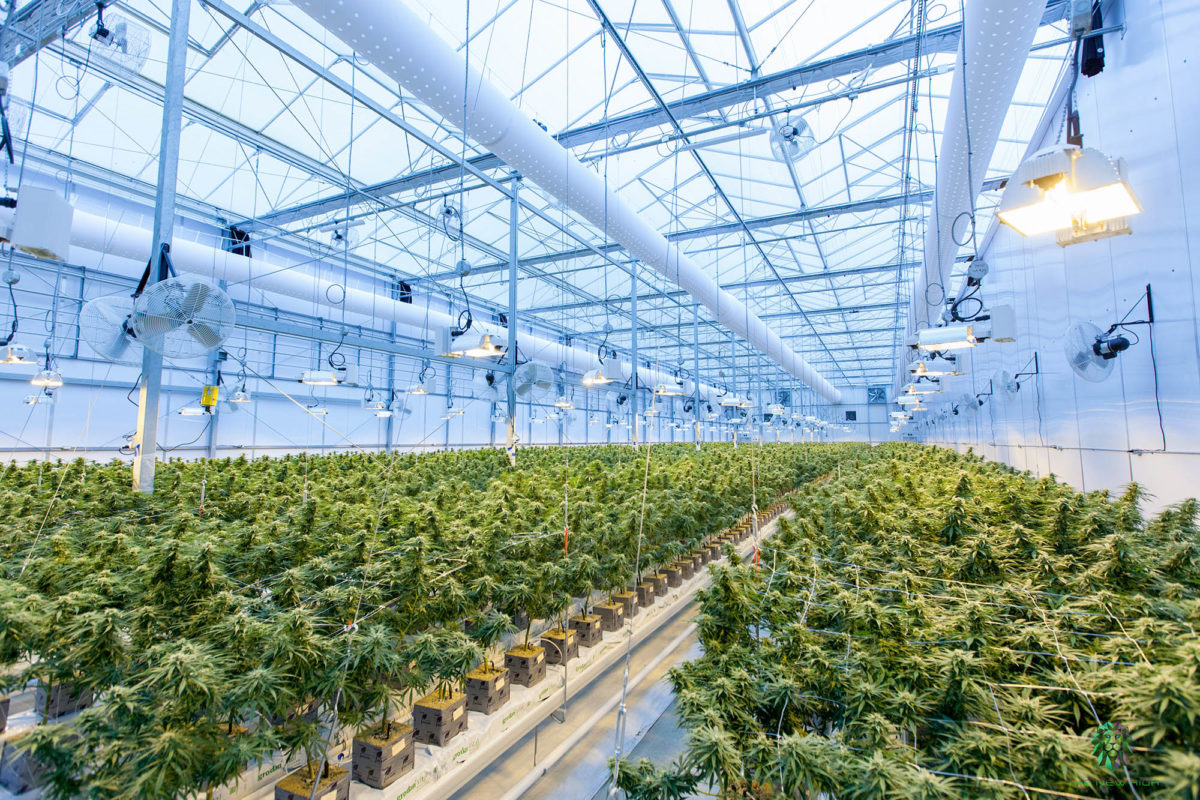Legislature considers regulating marijuana growing water

Most experienced cultivators can tell how much water indoor cannabis plants need, while first-timers wonder things like “Does growing marijuana use a lot of water?” In some areas, growers have to deal with high costs that come with local water scarcity. Water rights can be a fraught topic, intersecting with federal policies and pitting commercial cannabis cultivation against entrenched agricultural and other interests. We’ve got the latest buzz surrounding grow water in the United States.
A new study from three Illinois State University researchers shows growing cannabis is water-intensive, even when the plants are grown indoors. The review also lists environmental impacts related to commercial cultivation of cannabis like how growing demand for water can ultimately lead to water pollution and diversion. Per the study, a single cannabis plant consumes an estimated 5.3 gallons of water per day during the outdoor growing season, typically 150 days. If you’re wondering “how much water for indoor weed plants?” The report answers: 2.6 gallons per day per plant. As a comparison, wine grapes, a similarly irrigated crop of the same Northern California region, use an estimated 3.3 gallons of water per day, according to a 2019 survey. Although average daily water use for cannabis crops differs by soil, region and cultivation styles, researchers noted cannabis should generally be considered a plant necessitating high-water use.
Several states have instituted policies for grow water. California, Colorado and Washington require water permits and close monitoring. In Oregon, regulators have introduced House Bill 4061, which would require companies who sell and haul water to institute new record-keeping requirements. The bill also criminalizes pumping groundwater in order to irrigate illegal cannabis without a proper water right. If enacted, water haulers, as well as those who buy their water for irrigation, would need to track specific information about usage and location. The goal is to maintain water levels, as well as to curb illegal cultivation. The aim of having both parties be responsible for tracking is to “cross-check”, said Rep. Ken Helm, chair of the House Agriculture, Land Use and Water Committee. “Because there’s been a lot of deceit and lying that has been going on with hauling water for illegal uses, that’s a chance to catch inconsistencies,” he said.
Recently, the New Mexico Senate approved SB 100, a bill which strives to improve language in the state’s Cannabis Regulation Act. Although the original bill did not address modifications relating to water, nearly all of the debate in the Senate was focused on water issues. Earlier in 2022, a Senate committee approved an amendment which stripped a water right verification section from the Cannabis Regulation Act. The question of how a recreational-use cannabis industry impacts New Mexico’s water supplies first came to a head during both 2021 special sessions, when the New Mexico Acequia Association successfully advocated adding a provision in the Cannabis Regulation Act, which requires cannabis growers to verify valid water rights. Gov. Michelle Lujan Grisham eventually signed a version of the act into law which included a requirement producers verify access with the Office of the State Engineer. The Acequia Association has issued a statement against SB 100. “We worked very hard with the legislature in 2021 to enact safeguards for water resources from the negative impacts of the cannabis industry,” association director Paula Garcia said in a statement. “In a few minutes, with no opportunity for public comment, all that hard work was erased.”
In Doña Ana County, New Mexico, where recreational cannabis is newly legalized, some farmers have encountered a non-legislated major issue with irrigation. Commercial cannabis cultivation cannot consume surface water from the Elephant Butte Irrigation District, as it is a federal reclamation project, and cannabis remains illegal on the federal level. “Surface water can’t be used to grow marijuana because the feds have not adopted the same policies that the states have,” said Gary Esslinger, treasurer and manager of the district. “We could irrigate hemp because it was not considered illegal. Marijuana is a different topic.”
With water scarcity an increasing problem, some cultivators are seeking new avenues for innovation including using drought-resistant plant strains which require less water. These strains can also withstand higher temperatures. Ryan Power, CEO of California-based Atlas Seeds, said his company is identifying what it deems “drought-tolerant” marijuana and hemp varieties. “What we have noticed is that genetics that display high vigor are also more drought-resistant,” Power said. “They grow with much less water than others, and we do breed for vigor.”
Does your state have water rulings around the commercial cultivation of cannabis or hemp? Ask questions of experts or speak with peers regarding this topic at CannaCon, the nation’s leading business-to-business cannabis conference. The goal at CannaCon is to grow the cannabis industry by educating cannabis business owners on all things related to cannabis and CBD, including commercial cannabis cultivation. Connect with those in the industry directly!
